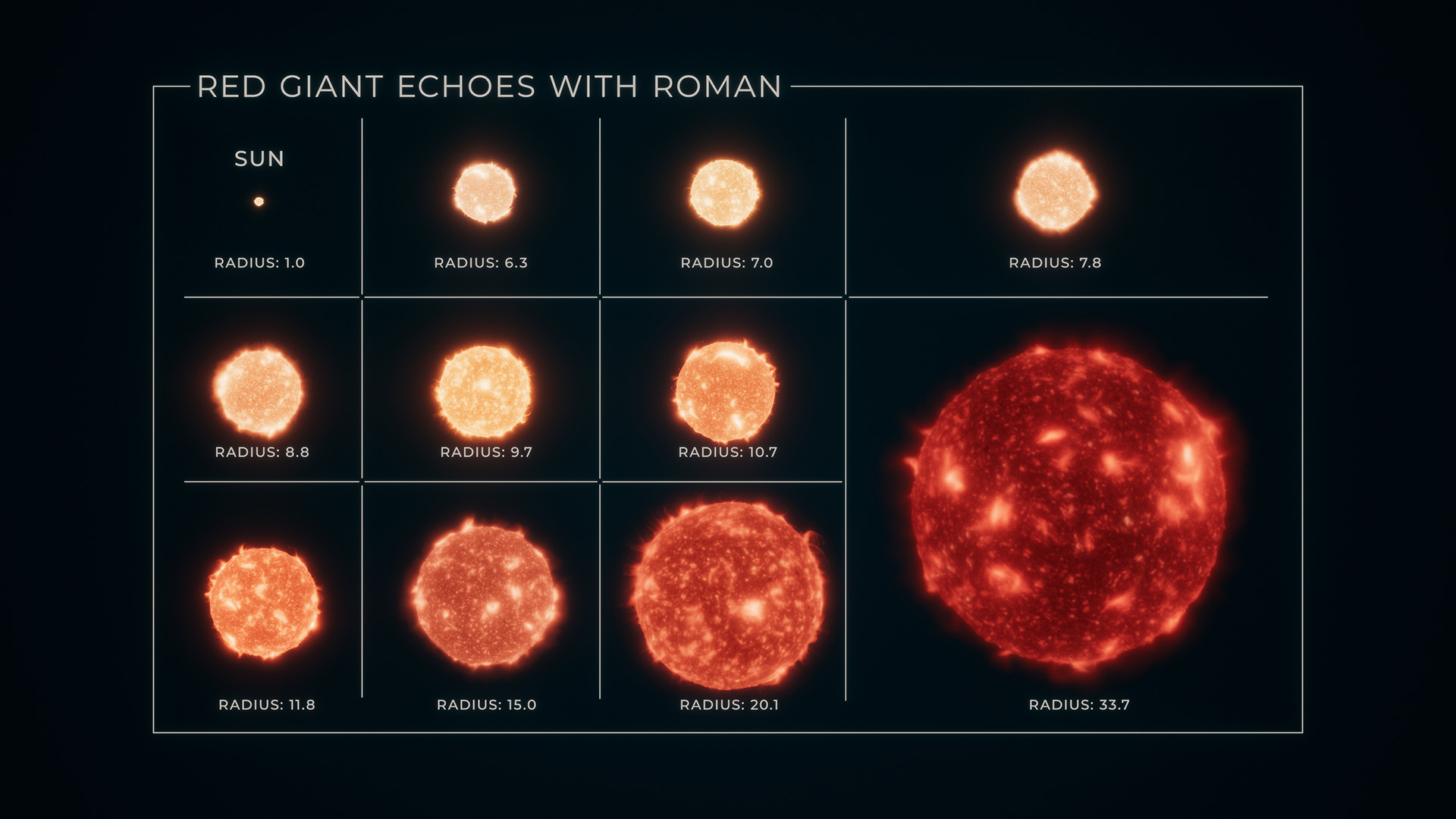
A team of astrophysicists and citizen scientists have identified what may be some of the last planets NASA’s retired Kepler space telescope observed during its nearly decade-long mission.
The trio of exoplanets – worlds beyond our solar system – are all between the size of Earth and Neptune and closely orbit their stars.
''These are fairly average planets in the grand scheme of Kepler observations,” said Elyse Incha, a senior at the University of Wisconsin-Madison. “But they’re exciting because Kepler observed them during its last few days of operations. It showcases just how good Kepler was at planet hunting, even at the end of its life.”
A paper about the planetary trio led by Incha was published in the May 30, 2023 issue of the journal Monthly Notices of the Royal Astronomical Society.
Kepler launched in March 2009. The mission’s initial goal was to continuously monitor a patch of sky in the northern constellations Cygnus and Lyra. This long period of observations allowed the satellite to track changes in stellar brightness caused by planets crossing in front of their stars, events called transits.
After four years, the telescope had observed over 150,000 stars and identified thousands of potential exoplanets. It was the first NASA mission to find an Earth-size world orbiting within its star’s habitable zone, the range of distances where liquid water could exist on a planet’s surface.
In 2014, the spacecraft experienced mechanical issues that temporarily halted observations. The Kepler team devised a fix that allowed it to resume operations, switching its field of view roughly every three months, a period called a campaign. This renewed mission, called K2, lasted another four years and surveyed over 500,000 stars.
When Kepler was retired in October 2018, it had aided the discovery of over 2,600 confirmed exoplanets and many more candidates.
K2’s final campaign, number 19, lasted only a month. As the spacecraft began to run low on attitude control fuel, it couldn’t maintain its position long enough to collect useful observations. In the end, astronomers only had about seven days of high-quality data from Campaign 19.
Incha and her team worked with the Visual Survey Group, a collaboration between citizen scientists and professional astronomers, to scan this dataset for exoplanets. The citizen scientists hunted for signals of transiting worlds over all Campaign 19’s light curves, which record how monitored stars brightened or dimmed.
“People doing visual surveys – looking over the data by eye – can spot novel patterns in the light curves and find single objects that are hard for automated searches to detect. And even we can’t catch them all,” said Tom Jacobs, a former U.S. Navy officer and Visual Survey Group team member. “I have visually surveyed the complete K2 observations three times, and there are still discoveries waiting to be found.”
Jacobs and others found one transit for each of the three planet candidates, each orbiting a different star, in the high-quality dataset.
After their initial discovery, Incha and her team also went back and looked at the lower-quality data from the rest of Campaign 19 and found one additional transit each from two of the three stars flagged in the visual search.
“The second transits for those two planet candidates helped us confirm their discovery,” said Andrew Vanderburg, an assistant professor of physics at the Kavli Institute for Astrophysics and Space Research at the Massachusetts Institute of Technology (MIT) in Cambridge. “No one had found planets in this dataset before, but our collaboration was able to find three. And we’re really pushing up against the last few days, the last few minutes, of observations Kepler collected.”
Using the transit information, Incha and her team calculated the worlds’ potential sizes and orbital periods. The smallest planet, K2-416 b, is about 2.6 times Earth’s size and orbits its red dwarf star about every 13 days. K2-417 b, just over three times Earth’s size, also orbits a red dwarf star but completes an orbit every 6.5 days. The final, unconfirmed planet, EPIC 246251988 b, is almost four times Earth’s size and orbits its Sun-like star in around 10 days. (The first two planets take their name from the K2 era of the mission, the last from the Ecliptic Plane Input Catalog (EPIC) of stars in the K2 fields.)
NASA’s Transiting Exoplanet Survey Satellite (TESS), which launched in April 2018, also uses the transit method, surveying large swaths of sky at a time. During August and September 2021, TESS observed the patch of space containing the three new Kepler planets. Astronomers were able to detect two more potential transits for K2-417 b.
“In many ways, Kepler passed the planet-hunting torch to TESS,” said Knicole Colón, the TESS project scientist at NASA’s Goddard Space Flight Center in Greenbelt, Maryland, who worked on the Kepler mission for several years. “Kepler’s dataset continues to be a treasure trove for astronomers, and TESS helps give us new insights into its discoveries.”
NASA's Ames Research Center in California's Silicon Valley managed the Kepler and K2 missions for NASA's Science Mission Directorate. NASA's Jet Propulsion Laboratory in Pasadena, California, managed Kepler mission development. Ball Aerospace & Technologies Corporation in Boulder, Colorado, operated the flight system with support from the Laboratory for Atmospheric and Space Physics at the University of Colorado in Boulder.
TESS is a NASA Astrophysics Explorer mission led and operated by MIT and managed by Goddard. Additional partners include Northrop Grumman, based in Falls Church, Virginia; NASA Ames; the Center for Astrophysics | Harvard & Smithsonian in Cambridge, Massachusetts; MIT’s Lincoln Laboratory; and the Space Telescope Science Institute in Baltimore. More than a dozen universities, research institutes, and observatories worldwide are participants in the mission.
Media Contact:
NASA’s Goddard Space Flight Center, Greenbelt, Md.




































